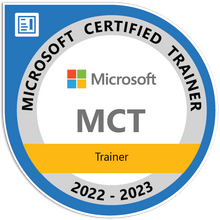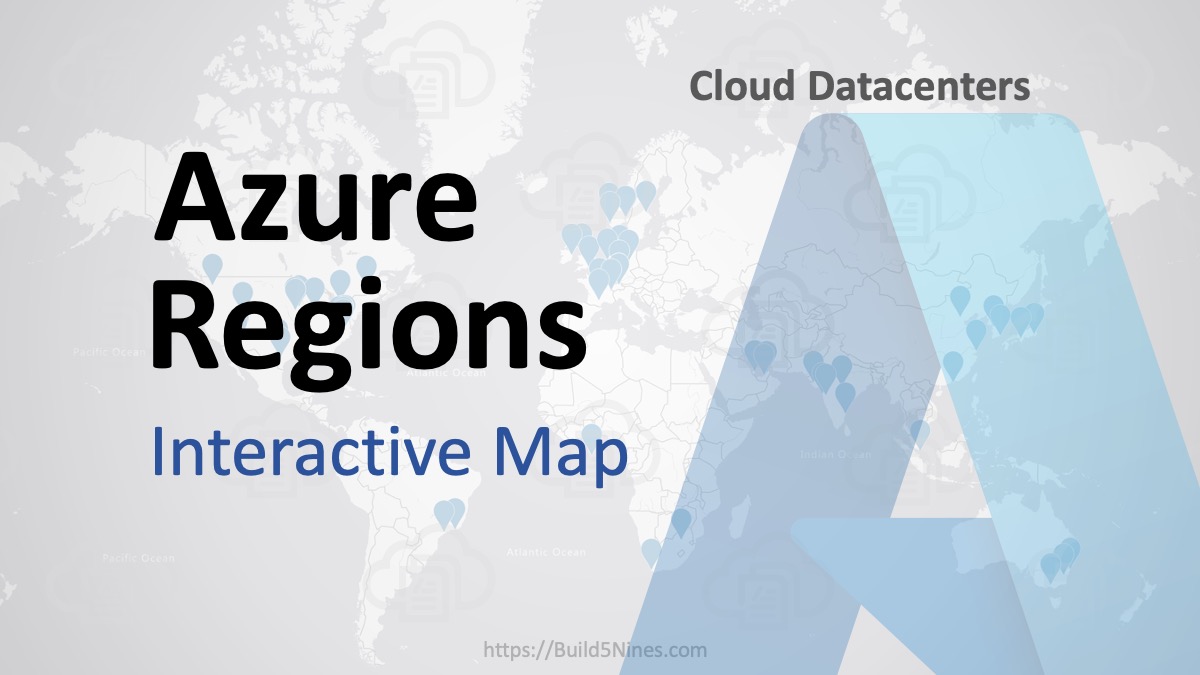Many organizations are finding that they are integrating solutions across multiple cloud providers these days. Many complete systems are contained within a single cloud provider, but many different systems may be spread across multiple cloud providers. We’re starting to enter a world of the Polynimbus Enterprise; an enterprise that uses 2 or more cloud platform providers.
What is a Polynimbus Enterprise?
Put simply, a Polynimbus Enterprise is an Enterprise that utilizes services from multiple cloud providers. Perhaps some applications are in Microsoft Azure, some in Amazon AWS, and possibly some are even in the Google Cloud. Poly-nimbus means “Many Cloud”.
Poly-nimbus Enterprise: An enterprise that utilizes multiple cloud providers
Many enterprises today are finding they are managing multiple software systems and/or databases hosted in different cloud providers. Maybe they started using Amazon AWS a couple years ago, but today find that certain parts of their business or IT team are hosting some applications in Microsoft Azure as well. This is very similar to the fact that many organizations have both Linux and Windows servers.
Polynimus and using multiple cloud providers is all about using the right tool for the job. Just as a certain programming language or development platform / tool is better for certain scenarios, a specific cloud may also be “just right” in certain cases as well.
Why Polynimbus?
There are many reasons to use multiple Cloud Providers, although in a perfect world you would only need 1 and possibly you can achieve this within your organization. However, many organizations are finding they are utilizing multiple cloud providers for a various of reasons. These reasons span from personal preference, to Manager oversight, to cost, and many others.
Here’s a few reasons why an organization may find themselves in a situation where they have applications spread across multiple cloud providers:
- Talent Pool – Depending on who you’re able to hire you may find new hires know one cloud provider better than another, and possibly even a different cloud provider than your existing team. To reduce cost of training and get applications shipped to help the business or customer you may need to just accept a change in tooling to get the job done efficiently.
- Legacy – You may be attempting to utilize a certain cloud provider more than another, but possibly you have Production systems that just can’t be moved from where they are. Many companies found this to be true when first moving to the cloud, and many are finding this true as they further embrace the cloud future.
- Cost – Depending on your situation, you may find it cheaper to host and run a certain system in one cloud provider over another. This could possibly mean a shift from one preferred cloud provider to another.
- Diversity / Avoid Cloud Lock-in – Some management teams or even entire organizations are finding it difficult to think about being locked into single cloud provider. As a result they are forcing their systems to be spread across different providers.
- Contractors / Consultants – Perhaps a consulting firm or team of contractors is building applications and putting them in a different cloud provider. Whether you’re aware from day one, or find out once the product is delivered, you might find yourself at the end of the day supporting systems hosted within multiple cloud providers.
As you can see, these are some very compelling reasons why an enterprise would become Polynimbus. In fact, these are the same reason why organizations and teams choose to end up using and supporting applications using many different technologies over time. It’s just something that’s inevitable in the IT field, and the Cloud is no different as we are finding out.
Polynimbus Considerations
As an enterprise / organization or IT team is finding themselves adopting multiple clouds, there are a number of considerations to think about or at least be aware of. Here’s a short list of some of these considerations:
- One App, One Cloud – It’s best not to spread different components of the same application across multiple cloud providers. This can lead to increased network latency for API and database calls, as well as incur an increase in Ingress and/or Egress charges when transferring data in and out of the cloud data centers.
- Global Availability – It’s possible by leverage multiple cloud providers that you could achieve a greater level of global availability of your application for your users. Perhaps by distributing the load across multiple instances in multiple clouds you could better place instance endpoints closer to your end users.
- Training – By managing systems spread across multiple cloud providers there is most likely going to be an increase in the training costs for your IT team. After all, many of them will need to know enough and be familiar enough with each cloud provider to be able to jump over and help out with updates and maintenance of various enterprise systems that may be running on different cloud providers.
- Lock-in – By spreading applications and system across cloud providers, you are making it easier to migrate over and away from one cloud provider over another. Likewise, you are also making it much more costly to operate than if you had just chosen and stuck with a single cloud provider as a standard for your organization.
- Flexibility – By forcing your organization or IT team to support applications across multiple cloud providers you ensuring a greater level of flexibility on your team to be able to update, maintain, or build a green fields application on either of the cloud providers you are currently supporting / using.
- Hiring – While utilizing multiple cloud providers will likely open up the prospective employee pool, it will also make it tricky to hire talented people who know exactly what your organization needs. It’s difficult to find the perfect candidate in general, but the more technical skills you add to the “helpful” section of the job listings, the more difficult you may find it to hire the right people. You may end up listing multiple job postings for the same job but list one for each cloud provider you are using just to hopefully find a candidate that knows one of the cloud providers you need expertise in.
- Migration – Just as going all in on a single cloud provider may prevent you from migrating to another, if you have applications spread across multiple cloud providers, you may still find things just as difficult if you find your team in a position that requires an application to me migrated from one cloud provider to another.
The above list is not all inclusive and there are likely a few more considerations to keep in mind. Don’t be afraid to go Polynimbus and use the right tool for the job!






 Azure Resource Naming Conventions and Best Practices
Azure Resource Naming Conventions and Best Practices
 Azure Regions: Interactive Map of Global Datacenters
Azure Regions: Interactive Map of Global Datacenters
 Azure Functions: Extend Execution Timeout Past 5 Minutes
Azure Functions: Extend Execution Timeout Past 5 Minutes
 Terraform: Azure Resource Tags Tips
Terraform: Azure Resource Tags Tips
 Terraform: Deploy to Multiple Azure Subscriptions in Single Project
Terraform: Deploy to Multiple Azure Subscriptions in Single Project
 How to Perform Simple String Concatenation in Terraform
How to Perform Simple String Concatenation in Terraform

nice post! it’s a promising theory and idea. what do you do around things like data? all apps need data. do you distribute your app tier, but leave data in one place? or do you start copying data between cloud providers too?
In general you’ll keep all the components of a single application together. This would mean keeping the web app, database, storage account, etc. hosted within the same data center / region. This is something that goes for both within a single cloud provider, or across multiple. Then you can additionally setup replication across cloud providers just as you would across regions or data centers to set high availability and failover scenarios. This could be done to help build a higher level of availability and possibly better failover by spanning across cloud providers in case there’s a service outage that spans multiple regions / datacenters of a single cloud provider by utilizing datacenters of multiple cloud providers for distributed and replicated systems.
Some customers and vendors go further – they want one Cloud Catalog (or Marketplace) for different cloud services. For example ABC Company wants to have a cloud catalog for example for IaaS (1 virtual machine with 1 CPU, 100GB storage, and backed up) and this they want to be delivered from either cloud provider of the big ones.
How such a “unified” catalog can be build? How monitor usage and costs? I see many challanges here..
Each provider offers their own pricing tiers, so a single standard VM size across all clouds may be difficult. A better Polynimbus standard to adopt would be say VM configurations for your organization have a minimum set of specs and you know the VM will have at least a certain CPU core count, memory, etc.